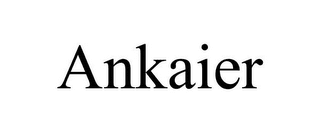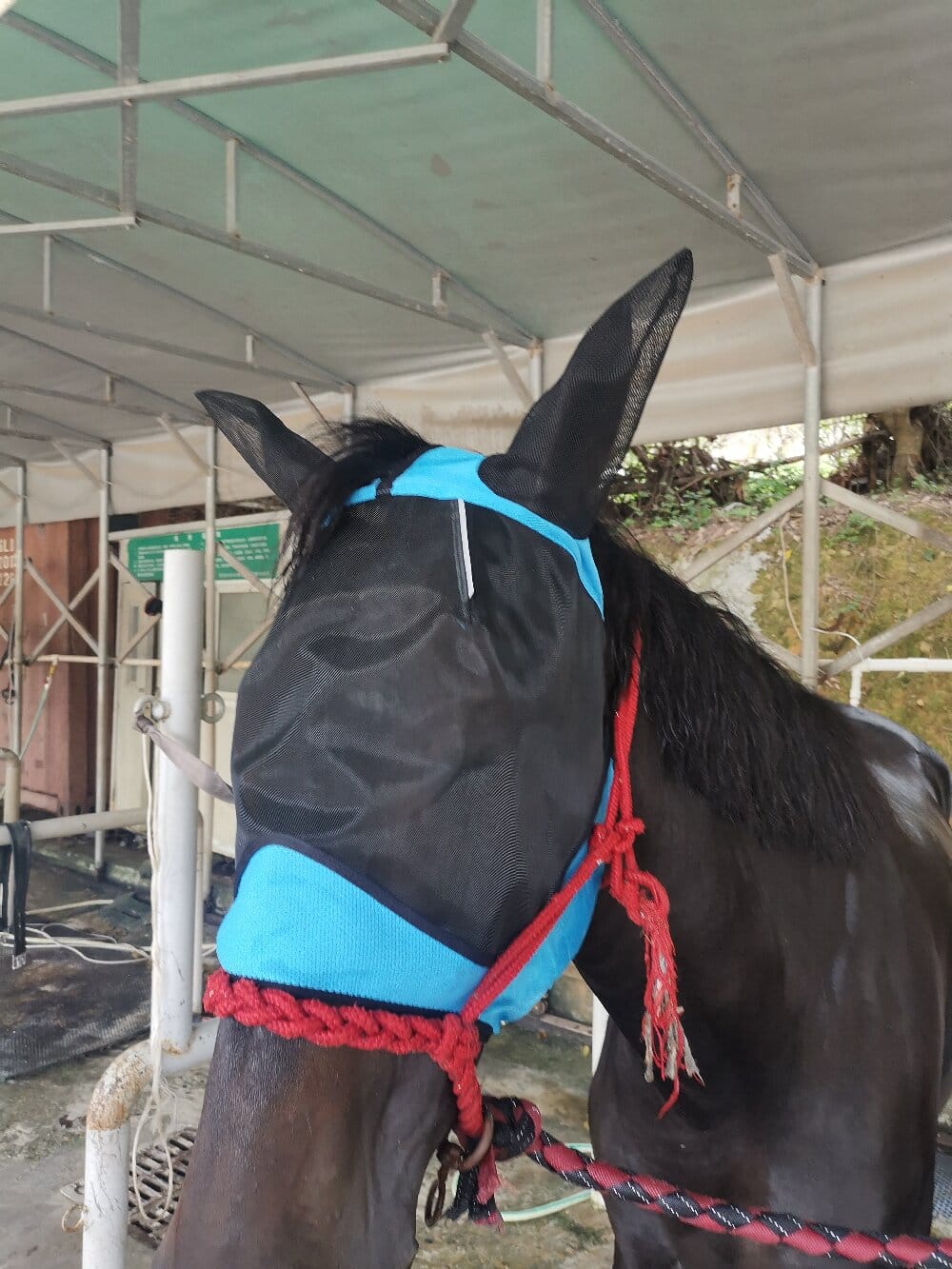I’ll admit, the first time I saw a horse fly mask, I was a little taken aback. There was my friend’s elegant gelding, grazing peacefully in the pasture, wearing what looked like a delicate, grey mesh veil. It seemed almost theatrical, an odd accessory for such a powerful creature. I soon learned, however, that this piece of equine equipment is far from a fashion statement; it’s a crucial tool for welfare, a simple shield against a world of tiny, relentless tormentors. My perspective shifted entirely that summer afternoon, watching the horse’s serene demeanor while the air around him buzzed with frustrated flies. This wasn’t just a mask; it was a declaration of comfort, a quiet understanding between human and horse that we could, in our own small way, make their days better.
A Global Gaze on Equine Comfort
As I delved deeper into the world of horse care, I began to see the cultural nuances surrounding this simple gear. In some parts of the world, particularly in regions with intense sun and dense insect populations, the use of a fly mask is non-negotiable, as standard as a saddle. It’s a practical response to an environmental challenge. Yet, in other equestrian cultures, I’ve noticed a slower adoption, sometimes viewed as an unnecessary coddling. This got me thinking about our relationship with working animals. For centuries, we’ve asked horses to carry us, pull our loads, and be our partners. Providing them with a fly veil or protective face covering feels like a modern extension of that ancient contract—a small token of gratitude for their service, a way to mitigate the irritants we cannot train them to ignore.
The Unseen Battle: Why a Fly Mask is Essential
It’s easy for us to swat a fly away from our face. For a horse, it’s a constant battle. Flies are not just annoying; they are a genuine health hazard. They target the most sensitive areas: the eyes, which can become infected from constant irritation and scratching; the ears, a prime spot for painful bites; and the muzzle. I’ve seen horses become so distracted and agitated by flies that they can’t eat or rest properly. The primary purpose of any quality fly mask is to create a physical barrier. The fine mesh allows for excellent visibility and airflow while blocking pests from landing. Many modern masks also offer protection from harmful UV rays, helping to prevent sunburn, especially on horses with pink skin or light-colored faces. It’s a holistic approach to pasturing your horse, ensuring their time outdoors is restorative, not stressful.
Choosing the Right Guardian for Your Horse
Walking into a tack shop or browsing online for the perfect fly protection can be overwhelming. The options are vast, and finding the right fit is paramount. A poorly fitting mask can cause rubs or, worse, slip and become a hazard. From my experience, here’s what I prioritize:
- Fit and Comfort: It should be snug but not tight, with no gaps around the eyes or ears. The material should be soft and flexible.
- Durability and Visibility: Look for robust yet lightweight mesh that won’t impair your horse’s vision. Some masks even offer polarized lenses for superior comfort.
- Features: Consider masks with extended nose covers for those pesky nose flies, ear covers for protection, or a longer style that also guards the jaw and throat.
- Ease of Use: A well-designed closure system, like Velcro or a buckle, that is secure yet easy for you to fasten and unfasten is essential.
Remember, introducing a horse to a fly mask might take patience. Let them sniff it, and put it on for short periods at first, always ensuring it’s clean and comfortable before a full day of wear.
A Symbol of Our Evolving Bond
Looking back, my initial curiosity about the horse fly mask has transformed into a deep appreciation. It represents more than just pest control; it symbolizes a progressive and compassionate approach to animal husbandry. We are no longer just owners or riders; we are stewards of our horses’ well-being. This small, often overlooked piece of tack is a testament to our desire to understand and alleviate their discomforts. It’s a quiet promise we make to our equine partners—a promise of peaceful grazing, of relief from the incessant buzzing, and of days spent in comfort, free from the irritation of flies. In the end, that simple mesh veil is a powerful symbol of care, a humble guardian ensuring our horses can simply be horses, happy and at ease in their own skin.

